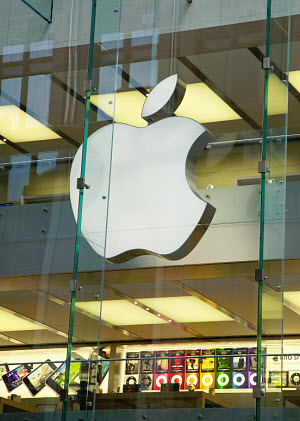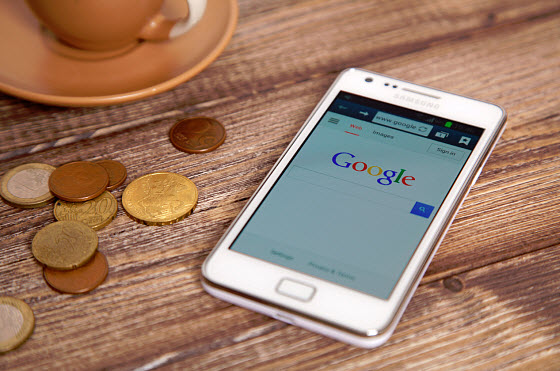While the service can be used at a physical store checkout counter, early adopters are using it as they shop over smartphones.
Mobile payments have been an area of considerable controversy, as some feel that this technology will rapidly take over plastic debit and credit cards, while others doubt that it will go anywhere because people are content with what they have, but where most seem to agree is that no matter the direction of the future, Apple Pay will be at the head of it – at least throughout the early years.
Now that the iPhone’s mobile wallet is available, the trends and potential for this type of service are becoming clearer.
So far, Apple Pay has shown to be quite popular among early adopters. The launch was fairly recent, as it occurred last October, and the number of people who have the necessary equipment to actually use the service is limited – as only the latest versions of the iPhone (6 and 6 Plus) are compatible – but so far, the owners of those devices who have enabled the service are using it. That said, they’re not necessarily making their purchases with their mobile wallets while in physical shopping locations. Instead, they are making m-commerce purchases with their iPhones.
This has caused many retailers to ensure that they have an Apple Pay option on their only checkouts.
 Among those that have been benefitting from Apple’s mobile wallet is SeatGeek, a search app for sports and concert tickets. Its checkout screen has been updated to accept payments via iPhone and it has now seen an increase in its conversion rates by 30 percent. Those that have been specifically through Apple’s wallet have represented an 80 percent increase.
Among those that have been benefitting from Apple’s mobile wallet is SeatGeek, a search app for sports and concert tickets. Its checkout screen has been updated to accept payments via iPhone and it has now seen an increase in its conversion rates by 30 percent. Those that have been specifically through Apple’s wallet have represented an 80 percent increase.
According to Jack Groetzinger, the cofounder of SeatGeek, Apple’s mobile wallet “is convenient in a physical store, but you’re never going to Wal-Mart because of Apple Pay. It’s a triviality.” That said, he pointed out that “But you are going to buy tickets on SeatGeek with Apple Pay in a case where you wouldn’t have otherwise. That’s huge.”
Indiegogo, the crowdfunding site, has seen a similar type of response, according to its chief executive officer, Slava Rubin. That site’s campaigns have seen conversion rates increase by 2.5 times when using the Apple wallet for the transaction. Rubin saw that type of mobile payments as an important opportunity for the site and has included it on the site since it was first launched.

 Analysts from Piper Jaffray are predicting that Google will take bold moves in the mobile commerce space. The company has not made reference to such moves yet, but Google has long held an interest in mobile transactions and engaging mobile consumers. With
Analysts from Piper Jaffray are predicting that Google will take bold moves in the mobile commerce space. The company has not made reference to such moves yet, but Google has long held an interest in mobile transactions and engaging mobile consumers. With 